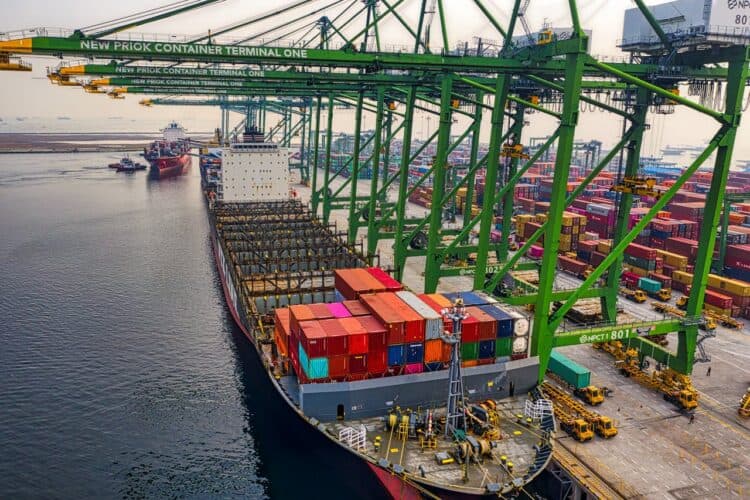A recent survey by ABI Research reveals that over 80% of supply chain leaders plan to implement AI technologies in 2025. This marked interest in AI is primarily driven by the need for enhanced network intelligence in demand forecasting, inventory management, and supply chain network design.
“In most network design and optimisation cases, traditional AI or Machine Learning (ML) remains sufficient to run necessary analysis," said Ryan Wiggin, senior analyst at ABI Research. "However, Generative AI is beginning to play a role in creating more intuitive interfaces for users to interact with system data.”
As companies embrace AI, a notable trend is the migration of systems to cloud-based infrastructures. The survey found that two-thirds of respondents are either currently implementing or have fully adopted public cloud solutions for their applications.
Meanwhile, private cloud solutions are also being considered, with over 60% of participants still in the Proof-of-Concept (PoC) stage. This shift to the cloud is essential for supporting the data-intensive requirements of AI technologies.
This highlights the evolving landscape of AI applications in supply chains, where user experience and data accessibility are becoming crucial.
In line with this trend, a report from Gartner estimates that 70% of large organisations will adopt AI-based forecasting by 2030.
This shift towards automated and precise forecasting methods is essential, particularly as companies seek touchless forecasting solutions that eliminate the manual inputs traditionally associated with demand planning.
Jan Snoeckx, director analyst in Gartner's Supply Chain practice, emphasised that “the value of AI-based forecasting includes improved strategic decision-making, faster responses to market changes, and enhanced collaboration workflows.”
Despite the promising benefits of AI, the path to widespread adoption is fraught with challenges. Many supply chain planning leaders lack a clear vision, which can impede implementation.
Additionally, data completeness and accessibility issues persist, making it difficult for organisations to harness AI's full potential. Resistance from employees accustomed to traditional forecasting practices may also hinder progress.
To navigate these challenges, Gartner recommends a structured five-part plan for successful implementation of touchless forecasting. This includes defining a clear vision, establishing business change parameters, and creating a comprehensive data strategy that incorporates both internal and external datasets.
Furthermore, developing a technology enablement roadmap and planning for the adoption journey are critical to building trust in AI-generated outputs.
Despite the enthusiasm for AI, the ABI Research survey revealed a gap between ambition and actual capability. Less than half of the respondents currently possess the ability to perform prescriptive and predictive analytics.
Wiggin highlighted that “agentic AI systems are beginning to deliver more predictive insights, but usage remains in the early stages.”
This indicates that while the potential for AI in supply chains is immense, many organisations still face challenges in fully realising its benefits.
Data management and model customisation will be crucial factors for organisations looking to unlock the true value of AI agents. As companies in Asia and beyond seek to enhance their supply chain efficiencies, the focus will increasingly be on integrating advanced AI capabilities and improving data governance.
The implications of these trends suggest that organisations embracing AI technologies in their supply chain operations are likely to gain a competitive edge in an evolving market landscape. As AI forecasting continues to revolutionise supply chains, it will play a pivotal role in enhancing efficiency and responsiveness.



